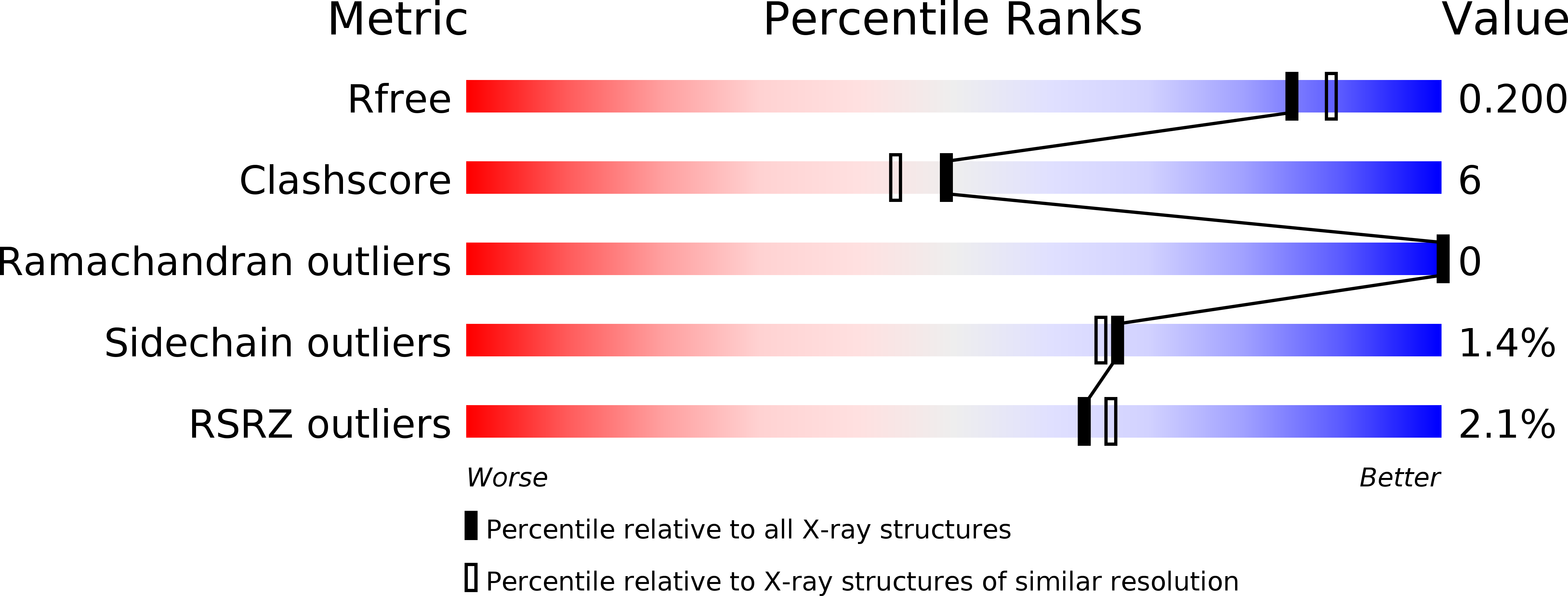
Deposition Date
2009-03-19
Release Date
2009-07-21
Last Version Date
2023-09-06
Entry Detail
PDB ID:
3GON
Keywords:
Title:
Streptococcus pneumoniae Phosphomevalonate Kinase in Complex with Phosphomevalonate and AMPPNP
Biological Source:
Source Organism:
Streptococcus pneumoniae (Taxon ID: 171101)
Host Organism:
Method Details:
Experimental Method:
Resolution:
1.90 Å
R-Value Free:
0.20
R-Value Work:
0.18
R-Value Observed:
0.18
Space Group:
P 21 21 2


